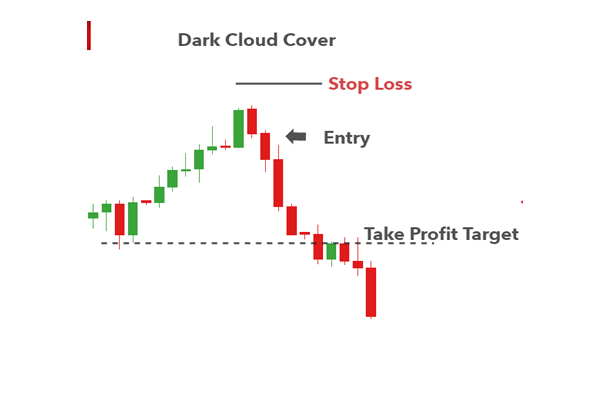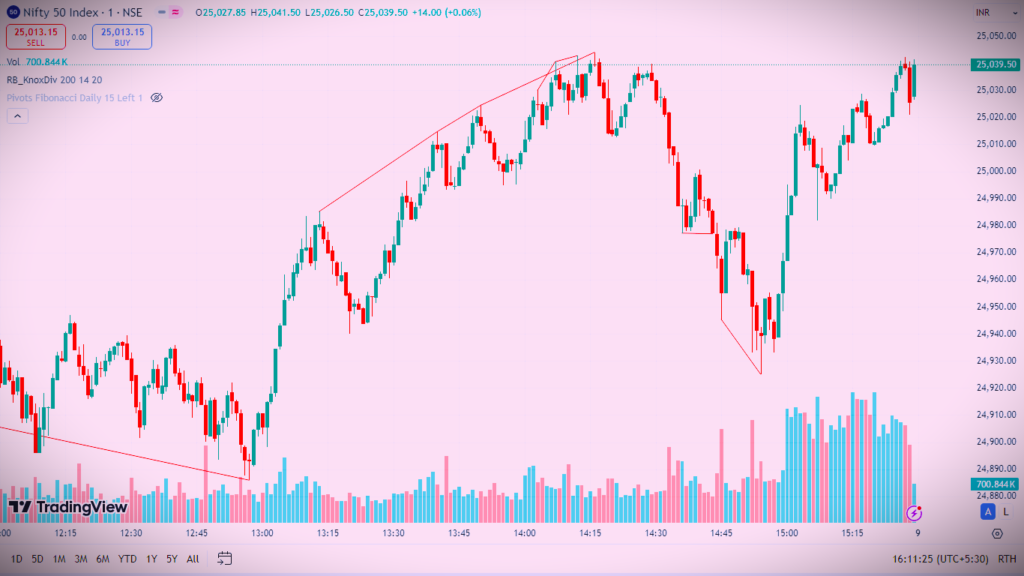The Indian stock market has been experiencing heightened volatility recently, with Nifty hitting a crucial resistance level at 19,980. For several trading sessions, the index has struggled to break above this psychological and technical barrier. Understanding why Nifty is stuck at this level requires a deep dive into various factors such as global economic conditions, domestic monetary policies, currency fluctuations, and technical patterns on the charts. In this article, we’ll examine why Nifty is facing resistance at 19,980 and what this could mean for investors moving forward.
Global Economic Factors Impacting Nifty

Global markets are interconnected, and the Indian stock market is no exception. Several international factors are contributing to the resistance Nifty is facing.
1. Global Inflation Pressures: The world is grappling with stubborn inflation. Central banks in the US, Europe, and other major economies have raised interest rates multiple times over the past year to control inflation, which in turn has affected global growth prospects. The US Federal Reserve’s aggressive rate hikes have tightened liquidity, reducing the flow of foreign institutional investments (FIIs) into emerging markets like India. As the cost of borrowing increases, global investors are becoming more cautious, especially with riskier assets, including Indian equities.
2. U.S. Dollar Strength and Rupee Depreciation: One of the most significant global factors influencing Nifty’s performance is the strength of the US dollar. In 2024, the US dollar index remains elevated as investors flock to safe-haven assets amid global uncertainties. This has caused the Indian rupee to depreciate against the dollar. A weaker rupee makes Indian assets less attractive to foreign investors, further limiting Nifty’s upside momentum. As of October 2024, the rupee is hovering near its lowest levels, adding pressure on the Indian markets.
3. Geopolitical Risks: The ongoing geopolitical tensions, particularly in the Middle East and Europe, have heightened uncertainties in global markets. Concerns over oil prices, supply chain disruptions, and trade sanctions have affected global sentiment, creating an overhang on equity markets worldwide. Since India imports over 80% of its oil, rising crude prices have a direct impact on inflation, corporate earnings, and overall market sentiment, further restricting Nifty’s upward movement.
Domestic Monetary Policies and Interest Rates
Interest rates play a pivotal role in shaping market sentiment. In India, the Reserve Bank of India (RBI) has maintained a cautious stance, balancing inflation control with growth promotion. Here’s how domestic monetary policies are impacting Nifty.
1. Elevated Interest Rates: The RBI has increased the repo rate to curb inflation, currently standing at 6.75% as of October 2024. While this move has helped stabilize inflation, it has also led to higher borrowing costs for businesses. Companies with high debt are seeing squeezed profit margins, which has impacted earnings forecasts and dampened investor enthusiasm. Higher interest rates reduce disposable income, affecting consumer spending and overall economic growth, putting pressure on Nifty.
2. Liquidity Crunch: Higher interest rates have tightened liquidity in the banking system, which has an adverse impact on corporate borrowing and investment cycles. The liquidity crunch, particularly in sectors like real estate, infrastructure, and small- and medium-sized enterprises, has slowed down economic growth, contributing to Nifty’s current stagnation at the 19,980 level.

The Role of the Indian Rupee in Market Sentiment
The depreciation of the Indian rupee has added another layer of complexity to the market. A weaker rupee increases the cost of imports, particularly crude oil, which then pushes up inflation. Indian companies that rely on imports for raw materials have seen their costs rise, hurting profitability. This has led to lower earnings growth expectations, which in turn affects Nifty’s upward momentum.
Moreover, a weak rupee discourages foreign investments, as returns for foreign investors are reduced when converted back into stronger currencies like the dollar. FIIs, which play a significant role in driving Indian market trends, have been net sellers in recent months due to the rupee’s depreciation and concerns over global economic conditions.
Technical Analysis: Head and Shoulders Pattern in Nifty
From a technical standpoint, the formation of a head and shoulders pattern on the Nifty and Bank Nifty charts is another key factor contributing to the resistance at 19,980. This is a bearish pattern that indicates a potential reversal in the trend. The head and shoulders pattern consists of three peaks: the middle one (head) being the highest, flanked by two smaller peaks (shoulders). The neckline, or support level, is what traders watch closely for a breakdown.
If Nifty breaks below this neckline, it could signal a significant downturn, leading to further correction in the market. The presence of this pattern is creating uncertainty among traders, as a failure to break above the 19,980 resistance could trigger a sell-off, pulling the index lower.
What Should Investors Do in This Situation?
Given the confluence of global and domestic factors, investors may wonder whether the market will crash or bounce back from this resistance level. Here’s a look at possible outcomes and strategies for investors.
1. Market Crash or Bounce Back?
Market Crash: If the global economic outlook worsens, especially with rising crude oil prices and further dollar strength, coupled with a breakdown of the head and shoulders pattern, the market could face a sharp correction. In such a scenario, Nifty could fall significantly, possibly testing lower support levels around 19,500 or even 19,200.
Bounce Back: On the other hand, if the global inflationary pressures ease, and the RBI signals a pause or cut in interest rates, Nifty could break through the 19,980 resistance and rally toward new highs. A resolution in geopolitical tensions, coupled with an improvement in foreign inflows, could also act as positive triggers for the market.
2. Strategies for Investors:
Long-term investors should remain patient and avoid panic-selling during volatile phases. India’s long-term growth prospects remain intact, and any corrections in the market could present buying opportunities.
Short-term traders should keep a close watch on technical levels. A breakout above 19,980 could present a buying opportunity, while a breakdown below the neckline of the head and shoulders pattern could signal a selling opportunity or the need for tighter stop-loss strategies.
Diversification remains key. In uncertain times, having a diversified portfolio that includes equities, bonds, and commodities like gold can help mitigate risks.

Conclusion
Nifty’s struggle at the 19,980 resistance level is influenced by a combination of global factors, domestic monetary policies, and technical patterns. With a head and shoulders formation looming on the charts, and both global and local challenges persisting, investors must tread carefully. However, by staying informed and strategically positioning themselves, they can navigate this uncertain phase and capitalize on potential opportunities.
